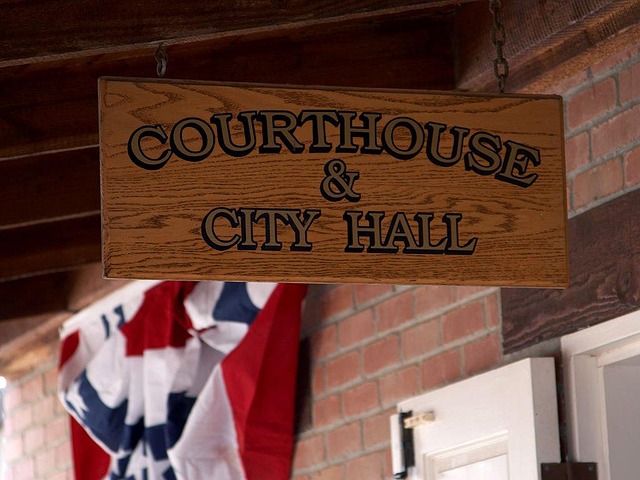Breach of contract cases involve a complex web of stakeholders, with legal teams employing various common defenses to protect clients from financial and reputational risks. These defenses range from challenging agreement validity to asserting performance impossibility, with key strategies including strict contract interpretation and mitigation of damages. Understanding these defenses is crucial for navigating high-stakes, civil disputes, often resolved through alternative dispute resolution methods. In C-Level investigations, strategic knowledge of common defenses, gained through case studies, helps protect corporate interests and secure favorable resolutions. Effective communication, transparency, and executive involvement further strengthen the company's position during investigations.
In today’s complex business landscape, understanding Breach of Contract cases is paramount. This article explores critical aspects of C-Level Investigations, shedding light on the strategies and tactics employed by key players. We delve into the intricacies of Common Defenses in Breach of Contract Cases, providing a comprehensive overview to bolster your legal arsenal. From evaluating contractual obligations to successful case studies, this guide equips executives with essential tools for effective guidance during investigations.
- Understanding Breach of Contract Cases: Key Players and Their Roles
- Common Defenses Strategized: A Comprehensive Overview
- Evaluating Contractual Obligations: The Foundation of a Solid Defense
- Case Studies: Uncovering Successful Defense Tactics
- Best Practices for C-Level Executive Guidance in Investigations
Understanding Breach of Contract Cases: Key Players and Their Roles

Breach of contract cases involve a complex interplay of key players, each with distinct roles to play. These often include the contracting parties, legal representatives, and experts who help navigate the intricacies of the agreement. When a dispute arises, understanding the responsibilities and arguments of each party is crucial for resolving the matter. Common defenses in breach of contract cases vary widely, from claiming mutual assent to challenging the enforceability of certain terms due to frustration or impossibility.
In navigating these cases, legal professionals must be well-versed in interpreting contracts and recognizing when a party has acted in bad faith. The presence of common defenses can significantly impact the outcome of a case, especially for corporate and individual clients alike. Throughout all stages of the investigative and enforcement process, from initial discussions to trial and appeal, experts in white collar and economic crimes play a vital role in uncovering evidence and presenting arguments that ensure justice is served.
Common Defenses Strategized: A Comprehensive Overview

In breach of contract cases, several common defenses are strategized by legal teams to protect their clients from significant financial and reputational damage. These defenses range from contesting the validity of the agreement to asserting that performance was made impossible due to the other party’s actions. One frequent defense involves arguing that there was no breach at all, often relying on a strict interpretation of the contract terms. Another common approach is to claim mitigation of damages, where the defendant tries to demonstrate that they took reasonable steps to minimize the harm caused by the plaintiff’s breach.
High-stakes cases often involve complex factual scenarios and intricate legal arguments. While jury trials remain a viable option, many breach of contract disputes are resolved through alternative means, such as mediation or arbitration. These processes can be particularly beneficial in high-stakes cases, where the costs and risks associated with lengthy jury trials may outweigh the potential benefits. General criminal defense principles do not typically apply here, as breach of contract is a civil matter; however, understanding these defenses is crucial for navigating the legal landscape effectively in commercial disputes.
Evaluating Contractual Obligations: The Foundation of a Solid Defense

When investigating C-Level cases involving contractual obligations, a thorough understanding of the agreement forms the foundation of a solid defense strategy. Law firms specializing in these investigations often employ experts who meticulously analyze the terms and conditions to uncover potential loopholes or ambiguities that can benefit their clients. By evaluating every clause and provision, they ensure a robust defense against allegations of breach.
This process involves delving into complex legal territories, including common defenses in breach of contract cases such as failure to perform, impossibility, or frustration. An unprecedented track record of successful outcomes is often the result of this meticulous approach, which guides clients through all stages of the investigative and enforcement process, ultimately safeguarding their interests.
Case Studies: Uncovering Successful Defense Tactics

In the realm of C-Level Investigations, understanding common defenses in breach of contract cases is crucial for mounting robust strategies. Many high-stakes cases involving white-collar defense often employ tactical maneuvers aimed at deflecting liability or mitigating damages. By studying successful defense tactics through case studies, legal professionals can gain valuable insights into navigating complex contractual disputes.
These investigations have revealed several recurring defenses, such as disputing the validity of contracts, alleging mutual mistake, or asserting the statute of limitations as a bar to enforcement. Each tactic is meticulously analyzed for its effectiveness in protecting corporate interests and ensuring just outcomes for his clients. This strategic knowledge enables legal teams to anticipate opposition arguments, strengthen their own cases, and ultimately achieve favorable resolutions in both settlement negotiations and courtroom battles.
Best Practices for C-Level Executive Guidance in Investigations

When launching investigations involving C-level executives, effective guidance from top management is paramount. These high-profile inquiries demand a strategic approach that balances legal considerations with business continuity. Best practices include establishing clear protocols for communication and data handling, ensuring transparency throughout the process, and fostering an environment of cooperation rather than confrontation. Regular updates to executive teams and stakeholders are essential, as are well-defined roles and responsibilities to avoid potential conflicts of interest.
Moreover, understanding common defenses in breach of contract cases is crucial. Executive involvement can strengthen the company’s position by demonstrating due diligence and commitment to resolving issues promptly. A proactive and transparent approach, coupled with a strong general criminal defense strategy, can lead to an unprecedented track record of successful investigations. This not only protects the reputation of C-level leaders but also ensures the integrity of the organization as a whole, fostering trust within the philanthropic and political communities.
In conclusion, navigating breach of contract cases requires a thorough understanding of key players, strategic defenses, and contractual obligations. By examining successful defense tactics through case studies, C-level executives can gain valuable insights for effective guidance during investigations. Implementing best practices ensures organizations fortify against legal challenges and mitigate risks associated with breach of contract cases, leveraging Common Defenses in Breach of Contract Cases to uphold their integrity and financial stability.






